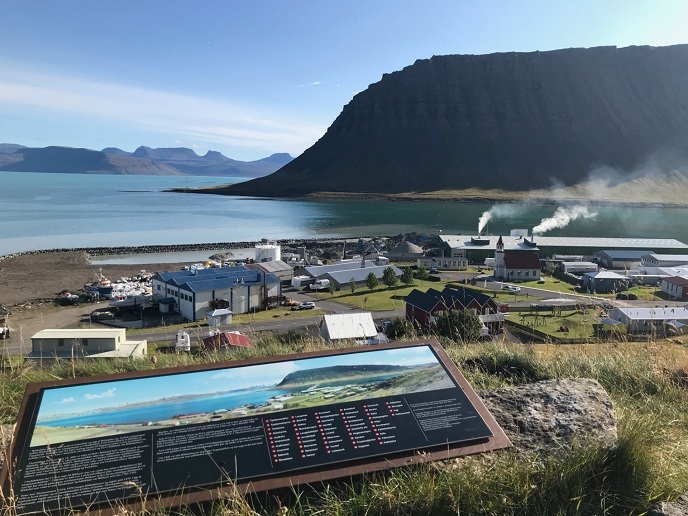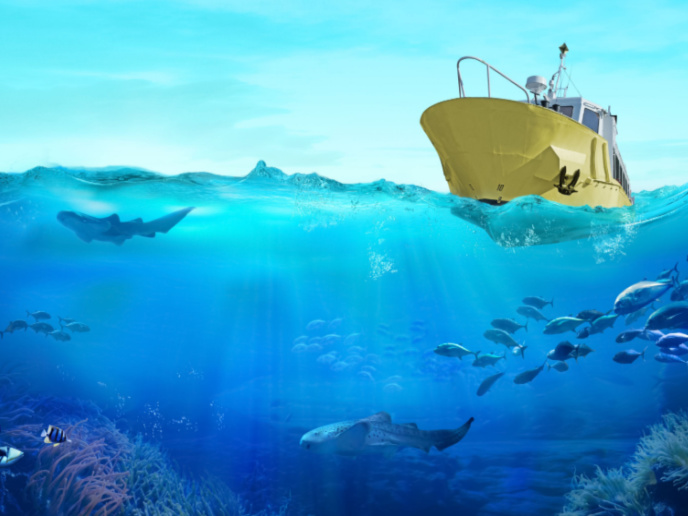Stemming future conflicts in a thawing Arctic
New economic sectors are opening up in the Arctic, which alongside the industrialisation of many traditional livelihoods, is creating divisions over land use and impacting the lives of local populations. “These pressures, tensions and sometimes conflicts occur in locations where industries, livelihoods and interests converge or overlap,” says Pasi Rautio, senior scientist at the Natural Resources Institute Finland (Luke) and ArcticHubs project coordinator. “The current threats to sustainability are often posed by a lack of understanding, collaboration or recognition of the challenges each of those livelihoods or sectors faces,” he adds. To ensure the long-term sustainability of Arctic society, the ArcticHubs project is listening to local communities. The project has developed a series of solution-oriented tools to reconcile competing goals, focusing on areas where various interests converge. “We consider hubs as nodes hosting either a combination of economic activities, or one main industry or means of livelihood, where the challenges and impacts facing the Arctic region are tangible and acute,” explains Rautio.
Researching solutions around Arctic hubs
Through the multi-year project, research teams on the ground have built up collaborative activities around the 15 hub locations. The hubs represent combinations of local and global flows of people, goods, capital, information, organisational activities and power relations. The researchers identified five prominent land uses in the Arctic: fish farming, forestry, tourism, mining and indigenous hubs. These are typically concentrated in historically important locations, and generate relatively densely populated areas surrounded by vast tracts of sparsely populated hinterland. “In each hub, ArcticHubs researchers have engaged with the local communities to more closely hear and understand their experiences, priorities, concerns and future livelihood aspirations,” says Rautio.
Exchange of perspectives
The most important project results relate to the creation of opportunities for dialogue within hub areas, and the exchange of viewpoints across industries or sectors where occasions for such exchanges are rare. This has in part been facilitated through developments in the public participation geographic information system (PPGIS), a collaborative approach to spatial planning using map-based surveys. The end result is ‘Maptionnaire’, an interactive online map platform that allows community engagement in policy and planning. “By leveraging Maptionnaire’s capabilities, ArcticHubs is helping to create a more collaborative environment where diverse voices are heard, enabling the co-creation of solutions for land and sea resource management in the Arctic,” explains Rautio. The project results support sustainable regional development through the co-designed adaptation of the Social Licence to Operate concept beyond mining and extractive industries; and the collaborative exploration of future scenarios, in particular by young people. “Taking the perspective and priorities of the Arctic youth is vital for long-term solutions to be found,” adds Rautio.
Strengthening Arctic communities
ArcticHubs is already looking beyond this project cycle to build upon the knowledge generated and maintain the collaborative momentum. “Further funding opportunities are never guaranteed,” notes Rautio, “but the feedback we receive from local stakeholders is that continuity is vital, as opposed to the stop-start staccato rhythm tied to short project cycles. Only then will we be able to build long-term trust and collectively generate sustainable solutions.”
Keywords
ArcticHubs, communities, hub, perspective, economic, sectors, industrialisation, traditional livelihoods, exchange







